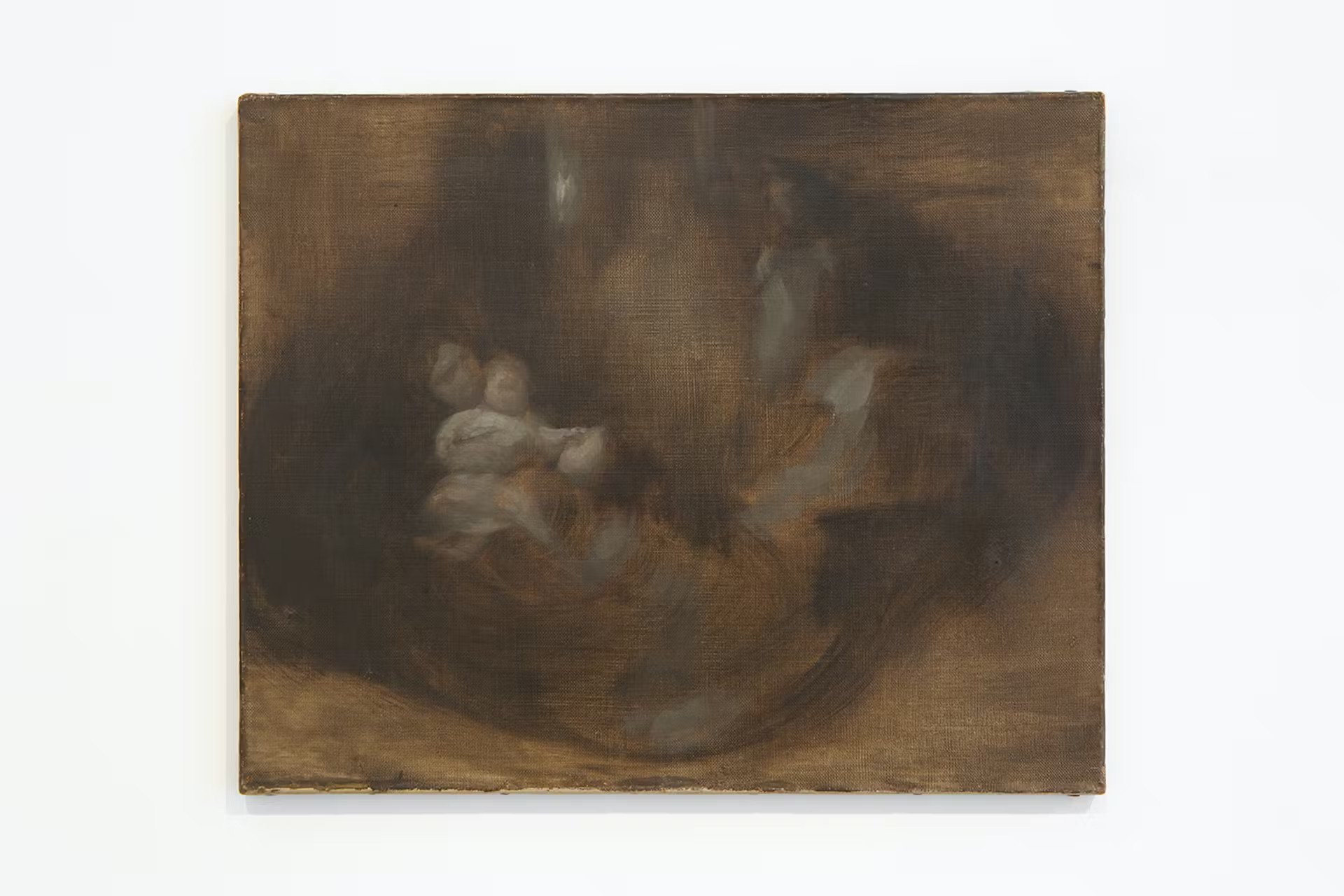Eugène Carrière, 1849-1906
By Zachary Vincent
Self Portrait, c. 1893, oil on canvas
How can an artist who was a darling of Paris in the late nineteenth century, who was a close friend of Auguste Rodin (and many other famed artists), and who was a teacher of Henri Matisse be as little known to non-academic art historians as Eugène Carrière is today? To answer this question, and to make a small effort at proving that Carrière is worthy of more focus going forward, the life and art of the man must be examined in closer detail. Behind the titles of ‘socialite’ and ‘teacher’ lies a body of work which can be challenging to reconcile with the categories of genre and style which have been favoured by art historians throughout the twentieth and twenty first centuries, but which provides valuable insight into the movements and debates of the fin-de-siecle.
Born 16 January 1849 and growing up in Strasburg, Carrière was an apprentice lithographer, which may have influenced his muted colour palette and attention to line throughout the course of his career. It was not enough for the young artist, however, and he aspired to win the Prix de Rome in the 1870s and to become an academic artist. His failure to receive this honour was a personal blow, but the start of a long career dedicated to existing outside the strict boundaries of academic style. Inspired by J.M.W. Turner while in England, Carrière’s distinctive style became hazy, mostly consisting of faces and figures looming out of dark, shadowy backgrounds. The figures were rarely grand, the artist preferring to depict his artistic and literary friends or unnamed common people doing domestic work.
Étude pour Maternité, 1892, oil on canvas
Carrière has often been deemed a Symbolist artist, aligning him with the Romantic movement of the late nineteenth century which counted artists like Edvard Munch amongst its members. This seems consistent with Carrière’s attachment to Universal themes, like motherhood. Contemporaries remarked upon the artist’s repeated interrogation of the theme, exemplified in his 1892 oil painting Étude pour Maternité. The work is quintessentially Carrière. The muted, mostly brown colour palette heightens the importance of the painting’s other features: the different areas of dark and light tones; the shadows; the figures, both clearly defined and just whisps of suggestion. It is a captivating work for its simplicity and tenderness, but also for its conscious construction and evocation of a womb. A contemporary critic said “Carrière sculpts with shadow”, a hauntingly accurate description of the work’s uniqueness.
But was Carrière only a Symbolist artist? The Social Realism of many of his works and their firm grounding in the grittier parts of Paris cannot be denied. His work is hardly escapist and grapples with the challenges brought by rapid modernisation. Carrière’s commitment to transforming society through making art more widely accessible is an example of the artist’s activism and strengthens an argument for his work as essentially Realist. His work has also been compared to that of Rodin in its reliance on empirical observation and movement. In the year of Carrière’s death, the critic Gustave Geffroy recognised the thoughtful and intentional structure of the artist’s paintings, noting that “each one of Carrière’s portraits houses the solid and mechanical beauty of a skeleton.”
Eugène Carrière’s legacy is best remembered in his founding of the Académie Carrière, which led him to teach Matisse and influence the work of Picasso. Yet his work is not the same as his pupils’ and had its own focuses and inspirations. Perhaps Carrière is so often forgotten because of the difficulty found in placing him in a single box. He was not strictly a symbolist, not fully aligned with Rodin, and not a Fauve or a Cubist either. Carrière was a complex artist working in a dynamic time, a bridge between the eras of Turner and Picasso whose work is valuable for the insight it gives into the contrasting impulses of the late nineteenth century as much as for its own timeless beauty.
Bibliography
“Eugène Carrière.” Leighton Fine Art. Accessed 13 January 2023 https://www.leightonfineart.co.uk/artist/eugene-carriere/.
“Eugène Carrière.” Mennour. Accessed 13 January 2023. https://mennour.com/artists/eugene-carriere.
Hollis, Richard. “Ghostly Realist.” Guardian, 26 August 2006.
“Self-Portrait by Eugène Carrière.” MET Museum. Accessed 13 January 2023. https://www.metmuseum.org/art/collection/search/435856.


